All images courtesy of Vector Management

Acoustic legend Tommy Emmanuel’s fifty-year presence on the scene proves one simple fact – you don’t need to sling an electric axe to classify as a virtuoso in the guitar world.
Emmanuel burst onto the instrumental guitar scene in 1979, with his aptly titled debut record, From Out of Nowhere, but his prowess as one of the greatest players of his generation dates back to his childhood years in New South Wales, Australia, where at the age of five, Emmanuel picked up the guitar and hasn’t put it down since.
Over the years, Emmanuel has continuously released outstanding, world-renowned, and seminal work, with his 1995 rendition of “Classic Gas,” now slotting in as the gold standard for the track, as thousands of young players learn Emmanuel’s version as opposed to the original Mason Williams cut.
Even after having worked with hundreds of world-class artists, as well as sharing the stage with numerous multi-genre heroes, across five decades, Emmanuel remains ever humble, and eager to pass on his craft to younger generations, while still sharing his music with legions of adorating fans.
I recently sat down with the ever-vigorous guitarist for a chat regarding his newest music, some old favorites, and what’s next as we move forward.
Andrew:
Tommy, thank you for taking the time to dig in with us again. You’ve been busy the last couple of years despite the pandemic. How has your most recent run of live shows shaped up for you?
Tommy:
The live shows have been wonderful. I think people are ready to come out and hear live music. I think people are really dying to get out and enjoy some shows. In the United States, I’ve had some of the biggest numbers I’ve ever had playing, and have been playing to wonderful audiences. I think people bought a lot more things as well. We sold more t-shirts, caps, CDs, and vinyl, it’s been amazing. So, you know, with the pandemic, we’re still trying to come out of it, but I think it’s been a welcome break. It’s been great to come back again, that’s for sure.
Andrew:
In 2021, you release both a live album and a studio album. I wanted to hit on Live From the Balboa Theater first. What made that performance special enough to be translated as a live recording for wide release?
Tommy:
Well, in 2021, I released an album called Tommy Songs, which is really a kind of best-of album, and I recorded twenty-four of my original songs and released that. Then we put out the Live From the Balboa Theater record, and that was a PBS adventure, and people loved it. It got played a lot, and so I think we just decided to release it as a live album because it seemed to be pretty popular at that time.
Andrew:
Given the at times complex nature of your music, do you ever have any trouble translating it in the live setting?
Tommy:
I don’t have trouble. I never think that there is a complex nature to my music, I always see the songs as just normal songs to me. [Laughs]. For instance, there’s a song of mine called “Fuel,” and that song could be seen as really complex in terms of time signatures and all that. But if you just tap straight through it, you’ll find that it’s all in time, it’s all exactly in time, even though there are time signature changes, the timing of the whole thing is straight ahead. To me, I try to see the big picture when I’m playing music.
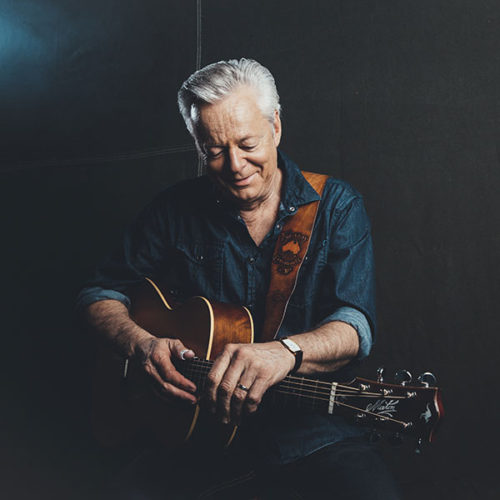
Andrew:
Another facet of your music is that it lends itself to a great deal of improvisation. That said, how do you go about deciding on your arrangements in the live setting vs. the studio? Is it premeditated, or more in the moment, so to speak?
Tommy:
In my shows, there’s a lot of improvising because in my recordings there’s a lot of improvising. However, not all songs have improvising areas built-in, some songs are just written, and played as they are like “It’s Never Too Late,” “Angelina,” and “Those Who Wait. With songs like that, I don’t really need to improvise, I basically play the song as best I can as it’s written. But there are other songs, for instance, “Guitar Boogie,” or “Classical Gas,” where I can do what I like in the middle of them, so I go into improvisation, and that’s entertaining for the audience. It’s a lot of fun for me.
Andrew:
I next wanted to touch on your rendition of “Imagine.” Walk me through the recording. What was the intent?
Tommy:
I recorded and filmed myself playing “Imagine” purely to put some peace and love out there in the world. I didn’t have anything else in mind. It was just a one-off project. I just wanted to record “Imagine,” and send some love out into the world in the middle of lockdown and the pandemic.
Andrew:
Your catalog is expansive. Given that, how do you best integrate your new material with your classic material? What’s the balance for you?
Tommy:
Well, for instance, when I did the album, Tommy Songs just recently, I played all original music, but some of them were remakes of older songs. There were six brand new songs on that album, and they’re all my songs, all in my style, so they automatically fit together. It’s not a matter of writing for a particular project, I just tried to write the best song I can right now, and group them together best I can live, you know?
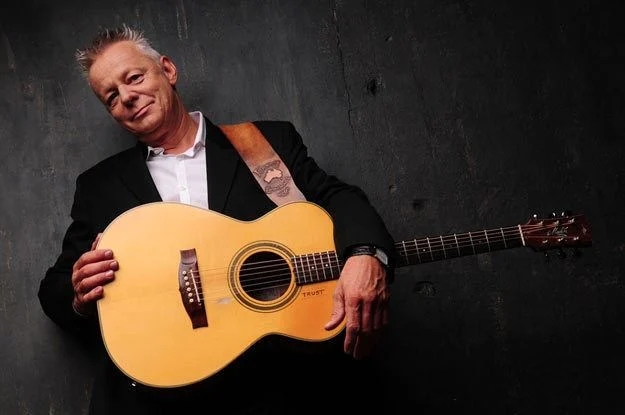
Andrew:
I wanted to go back a bit and hit on a few things which perhaps you’re not so often asked about, the first of which is the influence of Lenny Breau. I know that you, along with some of your contemporaries have been a champion of his work. If you can, expand on Lenny’s influence on both yourself and guitar in general. What made Lenny so special, and did you ever have the chance to meet or jam with him?
Tommy:
Okay, let me talk about the influence of Lenny Breau. I heard about Lenny Breau through Chet Atkins. Chet had championed Lenny’s abilities, and he signed him to RCA and produced two albums for him. Back in the 70s, I heard him and I thought he was amazing. He had a perfect blend of Chet Atkins style, country blues, and jazz. What Lenny did is he studied the piano playing of people like Bill Evans and put it on the guitar, and he sounded like nobody else. He was a great influence on so many of us, and nobody could do the technical things that he did. He would play the guitar like it was a piano. He’d be playing chords and a rhythm underneath, and then this improvised melody over the top. It was pretty astonishing. Lenny did also so many innovative things with his harmonic playing. So, Lenny was a great influence on me, no doubt about it.
Andrew:
In the mid to late 90s, you collaborated with Larry Carlton and Robben Ford for outstanding Can’t Get Enough/Midnight Drive. What made you three such a good match? How did your styles play off one another leading to the results of the album?
Tommy:
Right, this is a bit confusing, a lot of people have it down as two separate albums, but it’s not. In Australia, the album was called Can’t Get Enough, and in America, because of the record label, they wanted to call it Midnight Drive. Larry Carlton, and Robben Ford, both played on that album. I’ve known those guys for a long time, and they were friends and were big influences on me. I admired their work. Their playing and their success were an inspiration to me. Both Robben Ford and Larry Carlton are very different players to me, so it was good to have their influence on the album, and I felt that it worked. It worked really well. I just wanted them to come in and play a solo on some tracks, and that’s how it worked. It worked really well.
Andrew:
Another interesting credit is your appearance on Diana Ross’s 2006 album, I Love You. Tell us more about that collaboration, and your memory of the sessions.
Tommy:
This is a very interesting little point, the producer of that album was her manager, Peter Asher. So, Peter Asher came to my show in Los Angeles when I was playing there, and he asked me if I would play on this Diana Ross album. Well, I said, “I’m about to leave and go to England for a tour,” and he said “No problem. I can come to England and record you there.” So, that’s exactly what we did. When I got to Manchester, Peter Asher booked the studio and played me the track. It was “I Will,” the Paul McCartney and John Lennon song, and he asked me to come up with an acoustic guitar part. So I did. I recorded it, got it all done within a couple of hours, and that was it. He then left and went back to LA, mixed my part into the album, and added my name to the credits. So, that’s how that album came about. It was a pleasure to work with him, and Diana Ross is a great singer.

Andrew:
I’d be remiss if I didn’t hit on perhaps your most well-known track, “Classical Gas,” which has garnered numerous awards and attention over the years. Initially, given the title tracks history, how did you go about the recording. I imagine it was a delicate balance between upholding the legacy of the music vs your artistic need to experiment and make it your own.
Tommy:
The song, “Classical Gas,” I’ve been playing since the 70s, and it kind of changed along the way. Most people who play”Classical Gas,” play it like the original Mason Williams version. I immediately changed it because I wasn’t playing with a band or an orchestra at that time. So, as a solo piece, it needed to get going, it needed to be exciting. So I changed the melody, but I just kept the kind of iconic melody parts, and then put the rest of myself in, and just made it more exciting. That’s all. I still love the original version, and so do a lot of people, but the younger generation tends to learn my version, which is a lot more complex. But that’s just a matter of people’s taste, really.
Andrew:
On the flip side of your solo career, as we’ve touched on, is your session work. The life of a session musician can be tumultuous, but you seem to have gotten to the point where you can pick and choose what do you. Given that, how do you decide what’s a good fit for you these days?
Tommy:
Well, these days, I am mostly a touring/concert artist, but I do like playing on other people’s records, and I do like playing on other people’s music as well. I find it challenging and fun. I feel just as at home on stage as I do in the studio. It makes no difference to me, really. I give it all I have when I’m on stage, and I do the same in the studio. I try to play what I think is right for the song, and if someone’s wanting me to just fly my kite, and take a crazy solo, I’ll do it. If not, I’ll try to play what is right for the recording. I like all sorts of challenges.
Andrew:
As I’ve alluded to, you’ve had a long career, and so, I wanted to ask – what are a few of your credits that you’re most proud of that perhaps your fans may have missed over the years?
Tommy:
Oh, well, I don’t go sitting around and thinking about what am I proud of! [Laughs]. I’m proud of my children. That’s what I’m proud of. I guess, probably one of the greatest achievements in my life was the Olympic Games closing ceremonies with my brother, Phil, back in 2000 in Sydney. That was the biggest television audience since Elvis’s Live From Hawaii. So, that was a pretty amazing event to be a part of. There’s been a lot of stuff that I’ve done though, and I’ve played with a lot of different people. I’ve been very fortunate that I’ve got to know a lot of my heroes – Les Paul, Chet Atkins, Duane Eddy, Hank Marvin, Vince Gill, Albert Lee, James Burton. I’ve really got to know a lot of wonderful people in my business, and I’m grateful for that. I wouldn’t change a thing.
Andrew:
You’ve been known to stand aside and allow younger players to take the spotlight, and/or go out of your way to grant exposure to unknown and young guitarists. Why is that important to you?
Tommy:
I love having young people on stage. I love getting young people up, giving them a platform, and giving them an audience to play to. People did that to me when I was little, you know, took me up on stage, and gave me a chance to play in front of people, so I do the same thing for young people. These days, now that I’m not so young, although, I still feel like a child inside, there’s no doubt about it, it’s important to me to hand on whatever knowledge I can, and to help through experience. I try and do what I can to help change the life of the younger musicians, and I also love spending time with them. I have so many good, young friends in this business, and they mean the world to me.
Andrew:
Last one, Tommy. You’ve been at it for over fifty years, and seem busier than ever. What’s next for you?
Tommy:
Well, Andrew, I think what’s next for me is getting better at what I’m doing, and there are a lot of interesting projects coming my way. I just finished a movie soundtrack, and I’m hoping to write more songs for the next album. I’m enjoying touring again, that’s for sure. All my children have grown up, with the exception of my youngest daughter, Rachel, she’s seven at the moment, and I have grandchildren as well. So I guess what’s next for me is finding a way of still playing as much as I can, but seeing more of my family at the same time.

Interested in learning more about the work of Tommy Emmanuel? Hit the link below:
Be sure to check out the full catalog of VWMusic Interviews, by Andrew Daly, here: www.vinylwritermusic.com/interviews
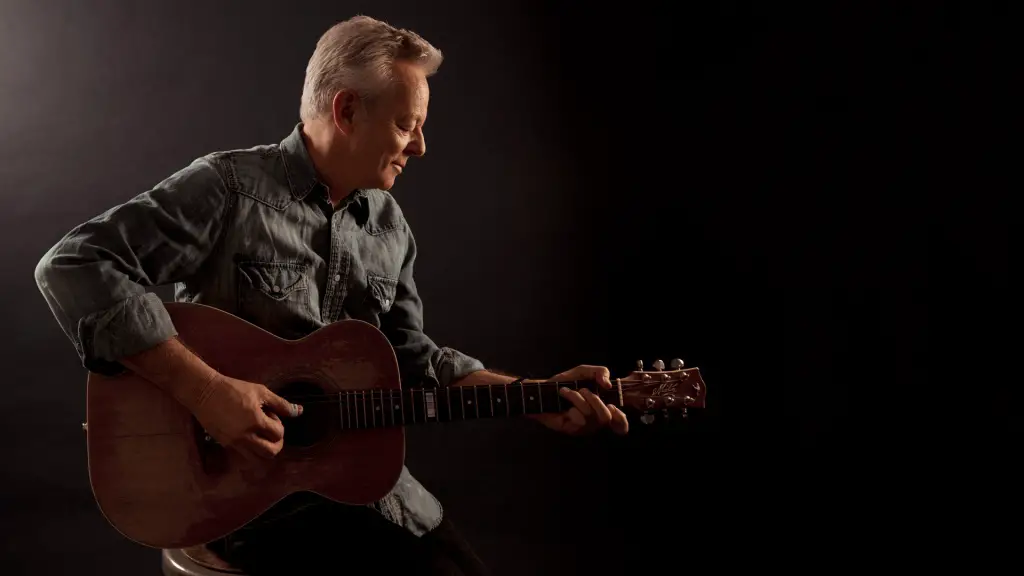
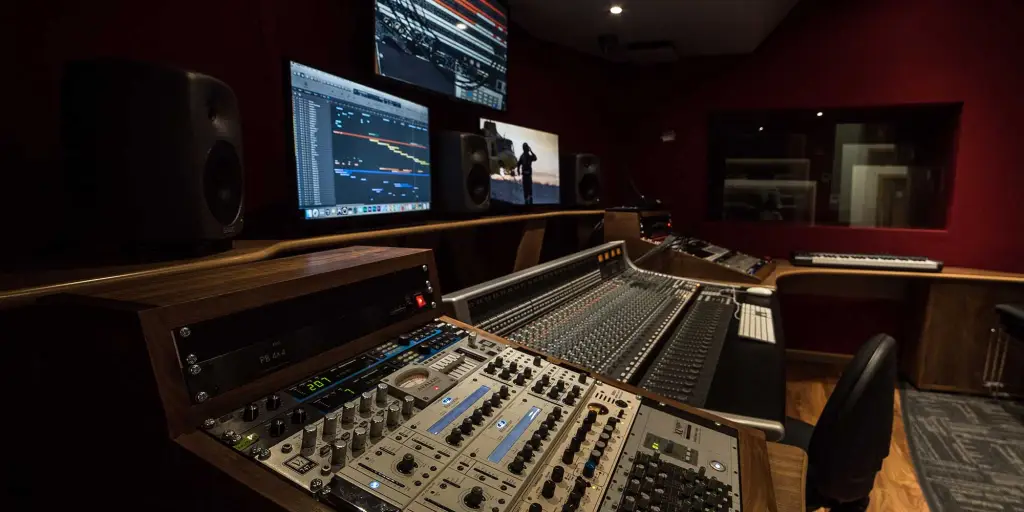

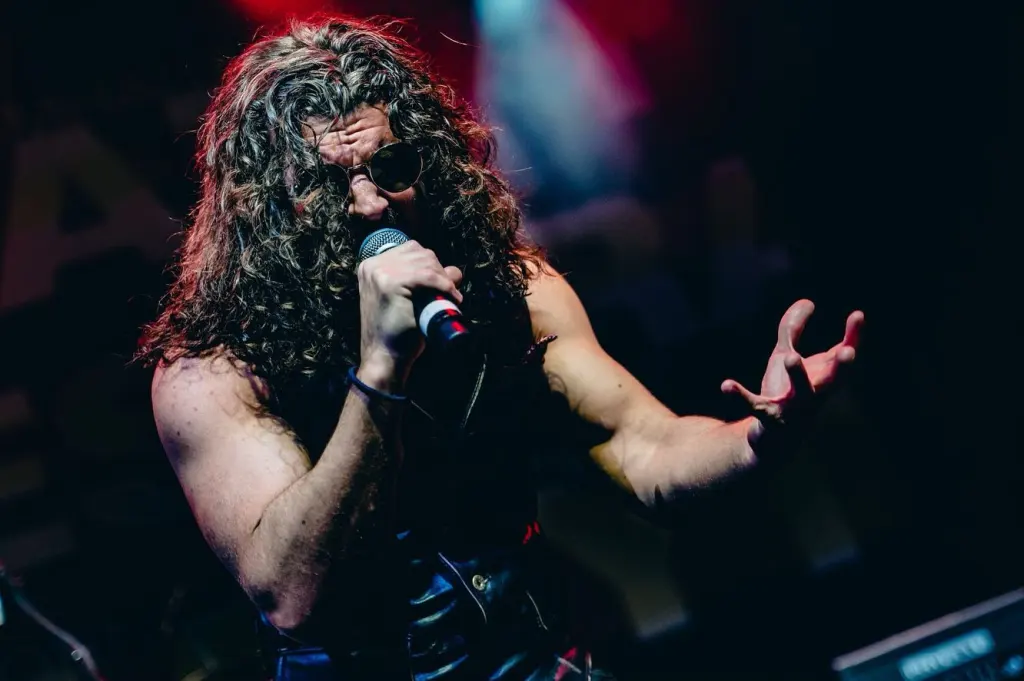
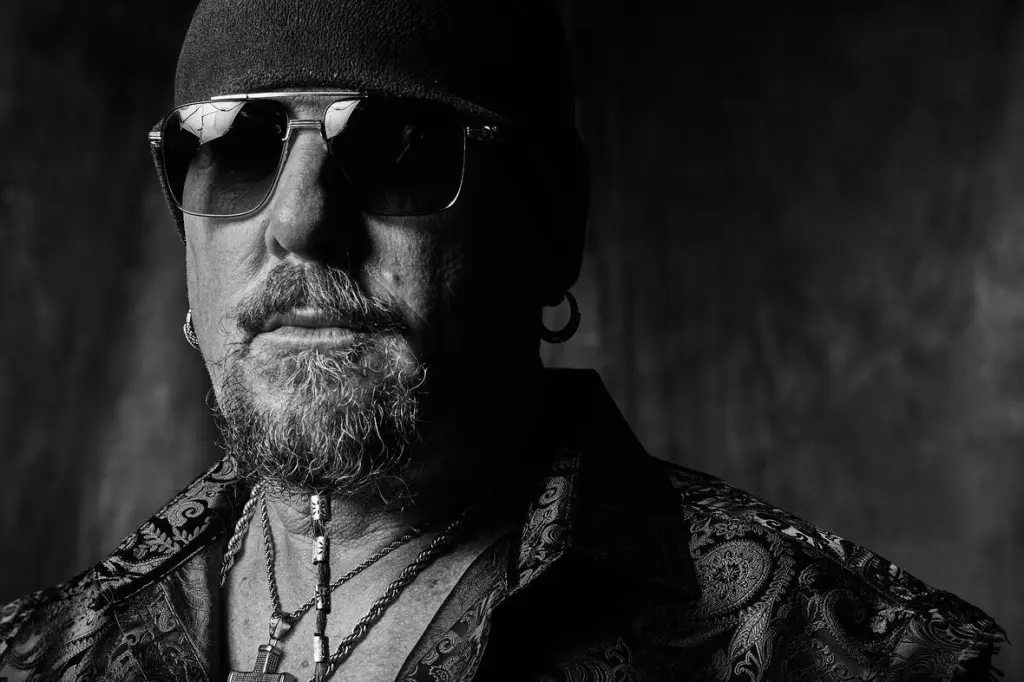
Leave a Reply